Chưa được phân loại
Top 5 Activities to Boost Your Child’s Fine Motor Skills
In the early years of childhood, developing fine motor skills is crucial for overall growth and development. These skills encompass the small muscle movements in the hands and fingers that are essential for tasks such as writing, drawing, and even self-care activities like buttoning clothing or zipping a backpack. Engaging your child in fun and educational activities can significantly enhance their fine motor skills. In this article, we will explore the Top 5 Activities to Boost Your Child’s Fine Motor Skills that not only promote dexterity but also encourage creativity and exploration.
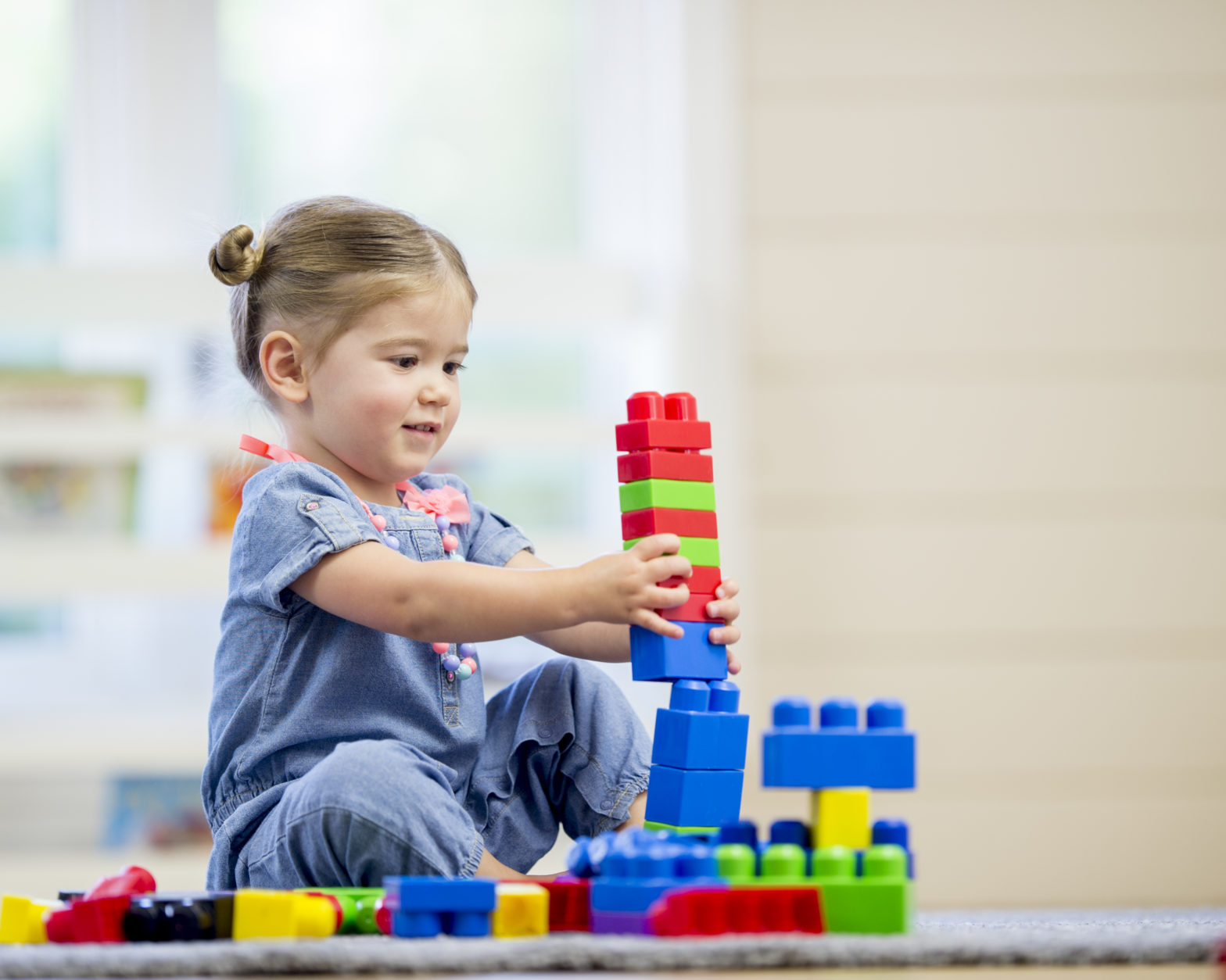
Crafting with Clay
Crafting with clay is an exceptional activity that allows children to explore their creativity while improving their fine motor skills. The tactile nature of clay encourages children to squeeze, roll, pinch, and mold, all of which engage multiple hand muscles and improve coordination.
Exploring Texture and Shapes
When children work with clay, they encounter various textures and forms.
By experimenting with different types of clay – from air-drying to polymer clay – children learn to manipulate materials in unique ways. This exposure enhances sensory experiences, fostering a deeper understanding of how pressure and movement affect the medium.
Encouraging children to create specific objects, like animals or their favorite characters, prompts them to think critically about shapes and proportions. As they experiment with rolling balls or flattening slabs, kids develop spatial awareness and problem-solving skills.
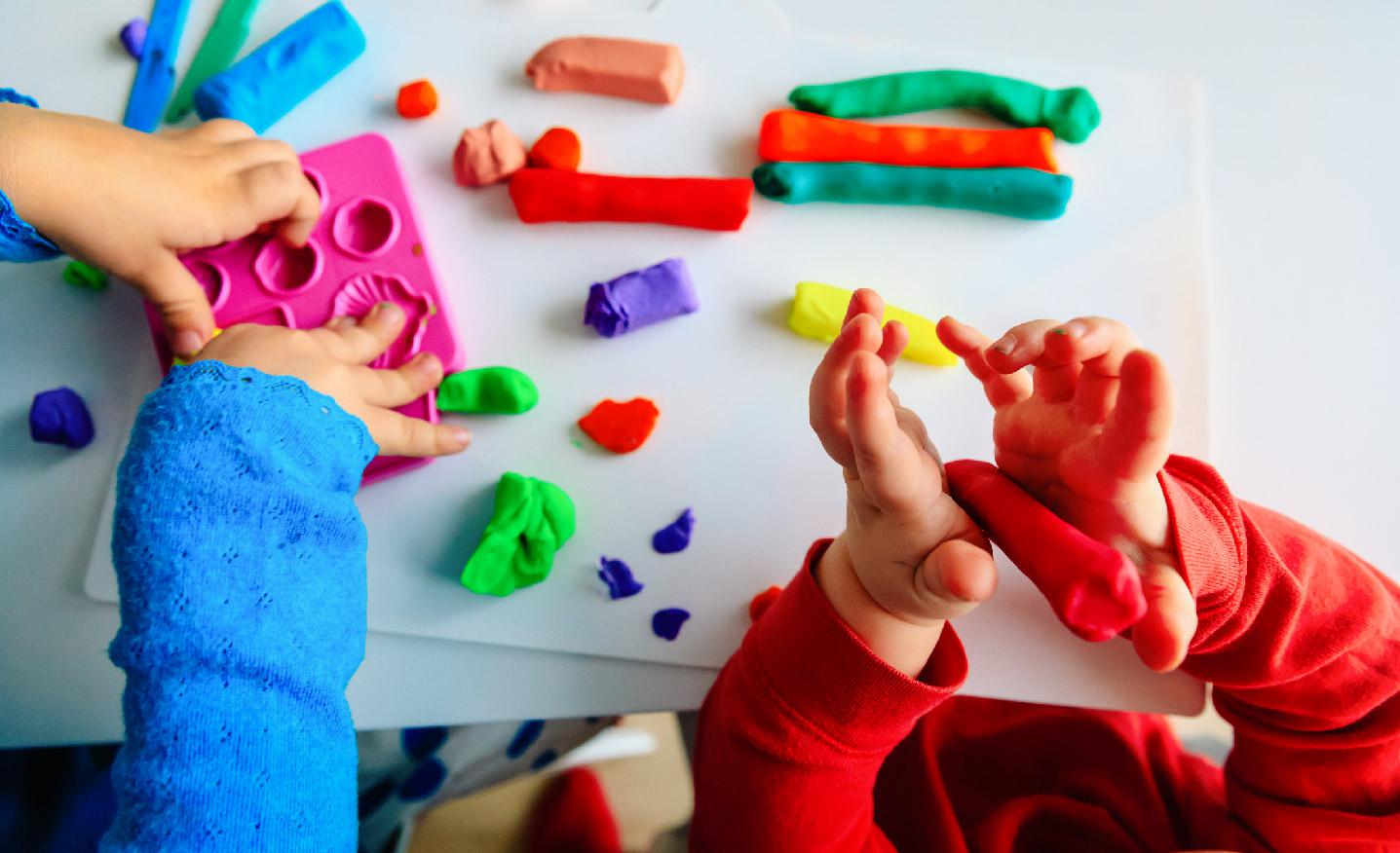
Creating with Tools
Incorporating tools during clay crafting heightens the complexity of the activity and further challenges a child’s motor skills.
Introduce simple tools like toothpicks, rolling pins, and cookie cutters. Each tool serves a different purpose: the rolling pin helps flatten the clay uniformly, while cookie cutters allow children to form specific shapes with ease. By using these implements, children refine their gripping techniques and hand-eye coordination.
Moreover, varying textures can be achieved by pressing items such as leaves or fabric into the clay. This not only promotes creativity but also familiarizes children with different sensations and outcomes, reinforcing their learning experience.
Collaborative Play
Clay crafting can easily become a social activity, allowing children to collaborate with peers or family members.
Working together on a project fosters teamwork and communication skills. Children learn to share ideas, take turns, and assist each other, leading to stronger interpersonal relationships.
As they discuss their creations, they practice verbalizing thoughts and expressing themselves creatively. Whether it’s collaborating on a big sculpture or simply sharing tools, these interactions provide countless benefits beyond just fine motor skills.
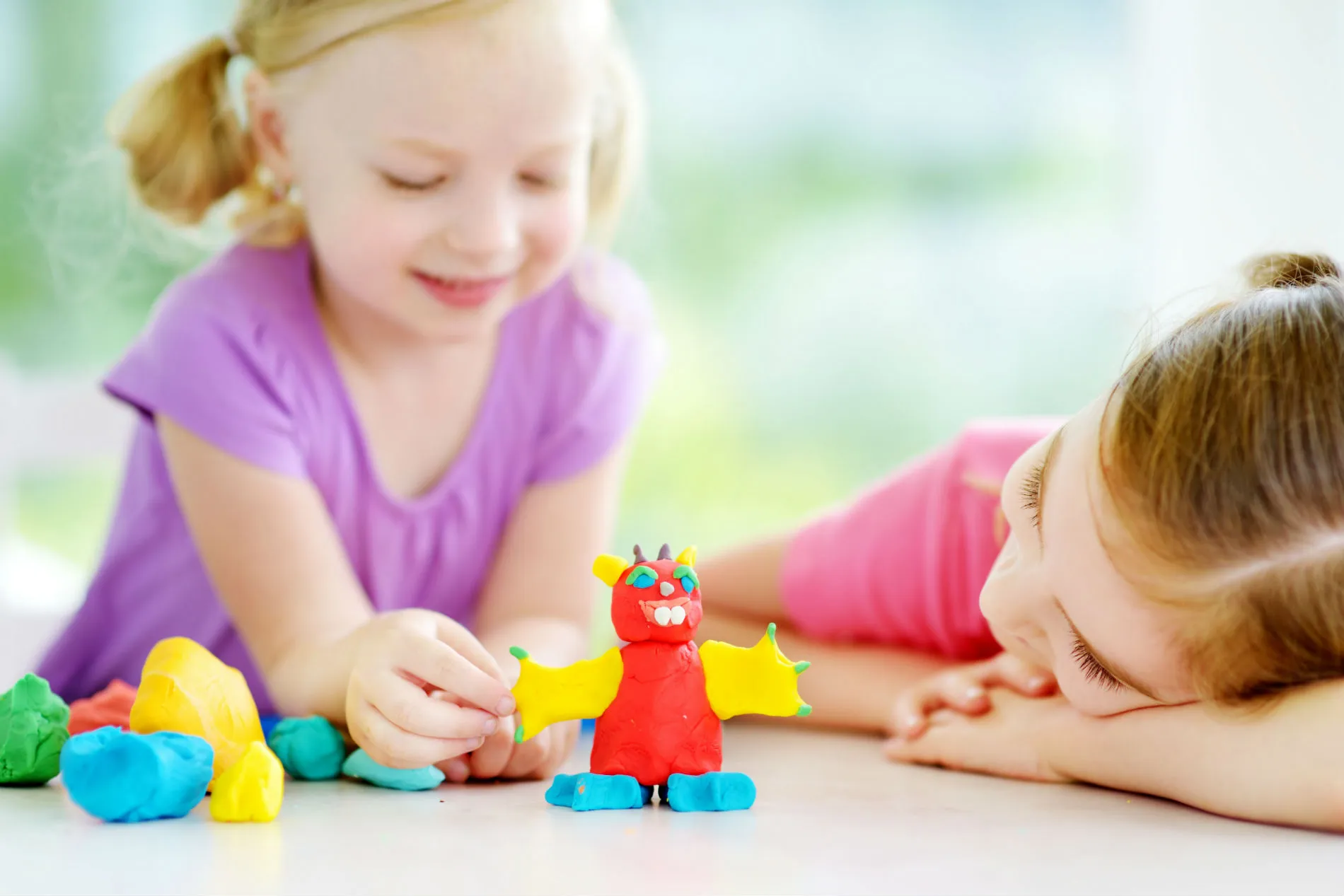
Cutting and Pasting
Cutting and pasting are foundational activities that have long been recognized for promoting fine motor skills. The ability to use scissors effectively requires practice and precision, making it an excellent exercise for honing hand dexterity.
Scissor Skills Development
To start with cutting, introduce safety scissors designed for young children.
These scissors make the process less intimidating while still enabling children to practice their grip and control. Encourage them to cut along straight lines, curves, and even zigzag patterns drawn on paper, gradually increasing the complexity as they gain confidence.
The act of cutting engages several hand muscles simultaneously, strengthening both the fingers and wrists.
It also involves eye-hand coordination as children learn to keep their eyes focused on the line while manipulating the scissors. This skill is paramount not just for art projects but also for practical life skills later on.
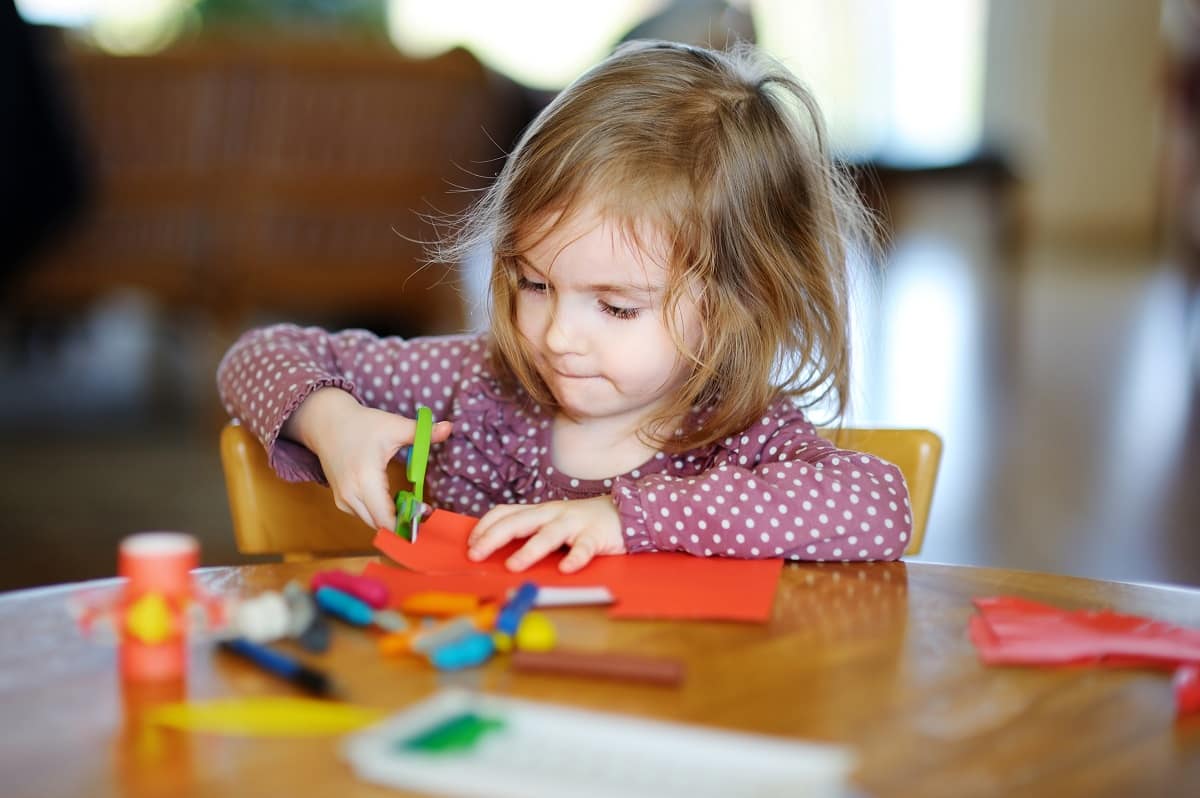
Creative Collage Making
Once the cutting aspect is mastered, pair it with pasting to create collages.
Provide a variety of papers, magazines, and textured materials for children to cut and glue onto a larger sheet. This activity allows them to experiment with color combinations, layering, and design, while also practicing their precise hand movements when applying glue.
Creating collages encourages imaginative thinking. Children can create themed collages based on interests like animals, seasons, or favorite stories. This engagement builds not only fine motor skills but also cognitive flexibility and artistic expression.
Celebrating Their Work
After completing their collage, celebrate the finished product!
Displaying their artwork instills a sense of accomplishment and pride in their efforts. It also motivates them to continue exploring and refining their cut-and-paste skills. You can even turn this into a regular routine where children create seasonal collages or themed crafts, keeping them engaged in fine motor activities over time.
Beading and Stringing
Beading and stringing activities are fantastic ways to develop fine motor skills through focused hand-eye coordination and precise finger movements.
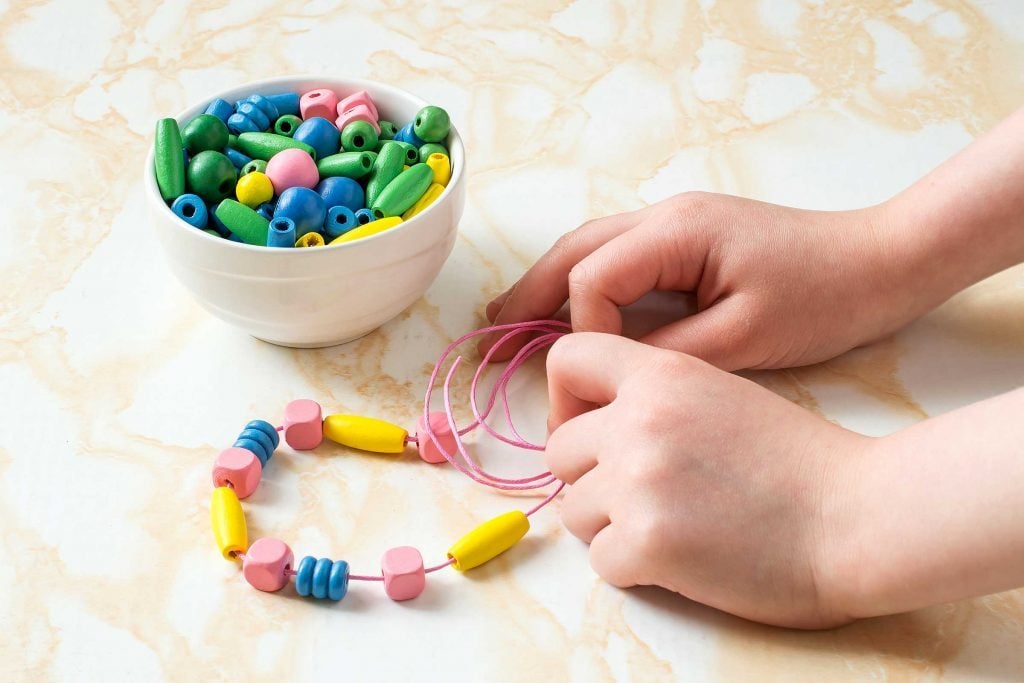
Choosing Materials
Begin by selecting appropriate beads and strings.
Offer a variety of sizes and colors to captivate your child’s interest. Larger beads are ideal for younger children, as they are easier to handle and string. Gradually introduce smaller beads as their confidence grows and they develop more control.
Choosing colorful and textured beads can make the activity more enjoyable and engaging. Discussing colors and shapes as you work together adds an educational element to the task.
Patterns and Sequences
Stringing beads isn’t just about dexterity; it also provides an opportunity to teach basic math concepts like patterns and sequencing.
Encourage your child to create specific patterns (like alternating colors) or follow sequences. This develops critical thinking and fosters an understanding of order and predictability.
While stringing, ask questions about their choices: “What comes next?” or “How many red beads do you have?” Such prompts encourage mindfulness and deeper engagement with the materials.
Personal Projects
Let children embark on personal projects with their beading skills.
They can create necklaces, bracelets, and keychains that hold personal significance. This autonomy encourages creativity and self-expression, allowing them to showcase their individuality through craft.
Aside from enhancing fine motor skills, beadwork nurtures patience and persistence. Children quickly learn that some designs require multiple attempts before achieving their desired outcome, teaching valuable lessons in resilience.
Painting and Drawing
Painting and drawing are not only enjoyable activities but also vital for developing fine motor skills through various grips, strokes, and movements.
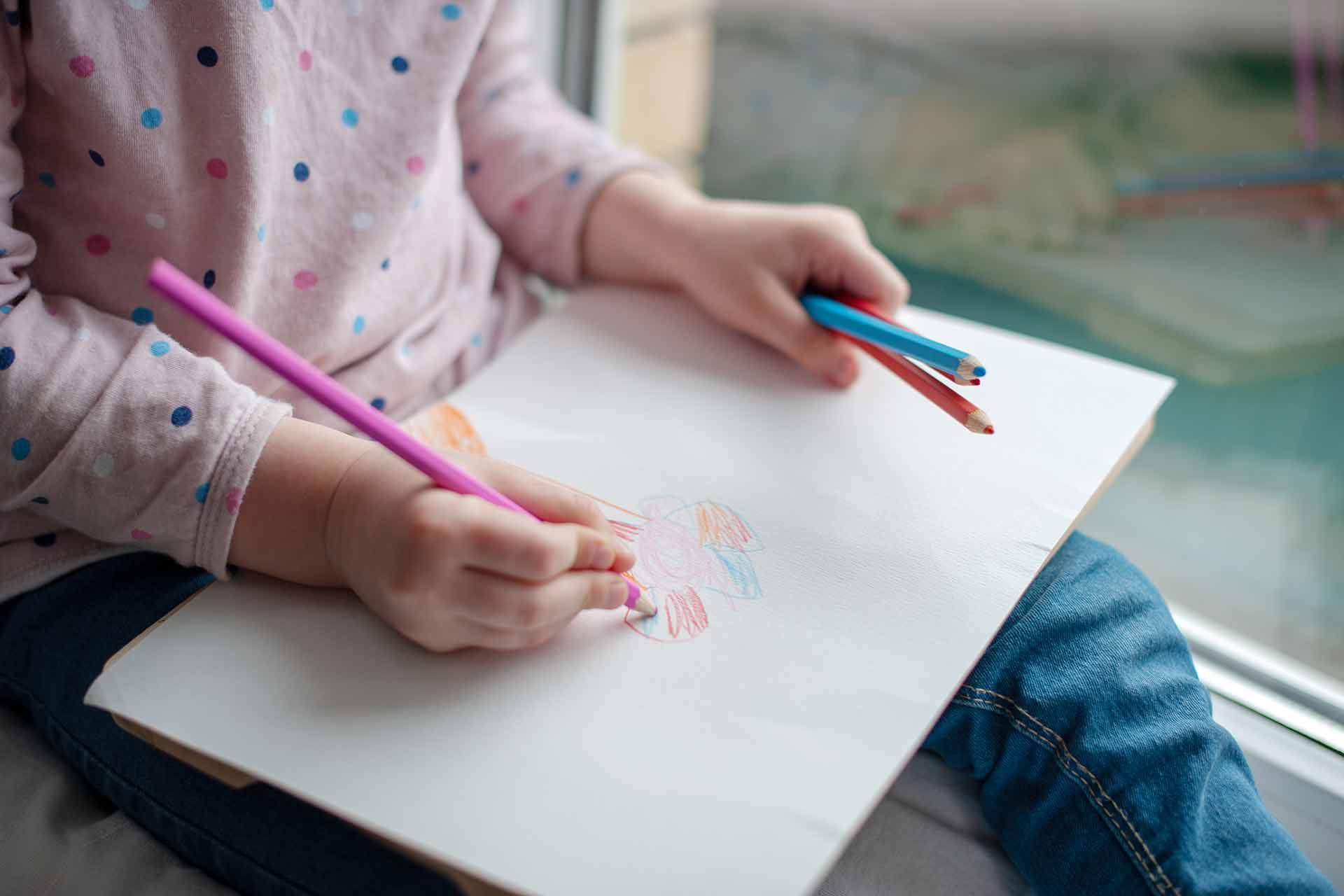
Various Painting Techniques
Introduce a range of painting techniques beyond traditional brushwork.
Finger painting is an excellent way for younger children to express themselves while engaging the fine muscles in their hands. Experimenting with watercolor, sponge painting, and even dot painting provides sensory stimulation and creativity.
When using brushes, emphasize different grips—holding the brush like a pencil versus using a fist grip. This variation helps strengthen different hand muscles and encourages versatility in their movements.
Practicing Control with Drawing
Drawing activities can be tailored to focus on control and precision.
Start with freehand drawing, encouraging your child to fill in shapes or trace outlines. Progress to more intricate designs with colored pencils or markers. For older children, introducing techniques like shading or stippling can expand their skill set.
You can add challenge by prompting them to draw specific shapes or scenes within prescribed parameters. This approach refines their control and accuracy, ultimately contributing to the development of important writing skills.
Art Exhibitions
Consider hosting a mini art exhibition at home to display their masterpieces.
Invite family members or friends to appreciate the creativity and hard work. This reinforces the idea that their efforts are valued and encourages them to continue engaging in artistic pursuits.
Art exhibitions also provide an opportunity to discuss their work, helping them articulate their thought processes and creative decisions. This dialogue enriches their vocabulary and strengthens their communication skills.

Sensory Play
Engaging in sensory play is a powerful method to develop fine motor skills while stimulating the senses.
Sensory bins filled with various materials can result in endless opportunities for exploration and creativity.
>>>Read more: Unlock Your Child’s Motor Skills with a Fun Montessori Activity: Sorting
Building Sensory Bins
Create sensory bins using materials like rice, beans, sand, or water beads.
Add small toys, scoops, and containers for sorting and transferring. When children immerse their hands in different textures, they engage their tactile senses and develop hand strength and coordination.
Encourage them to dig, pour, scoop, and sift through the materials. These actions help build dexterity and improve their grasping techniques. Introduce additional props like tweezers or droppers for added complexity and engagement.
Themed Sensory Exploration
For an enriching experience, integrate themes into your sensory play.
For instance, create a beach-themed bin with sand, shells, and toy sea creatures. Themes stimulate curiosity and invite imaginative play, setting the stage for storytelling and creativity.
Use this opportunity to incorporate learning. Discuss ocean life as they explore the beach bin or introduce concepts of measurement while pouring and scooping. This blends fine motor skill development with cognitive learning in a holistic approach.
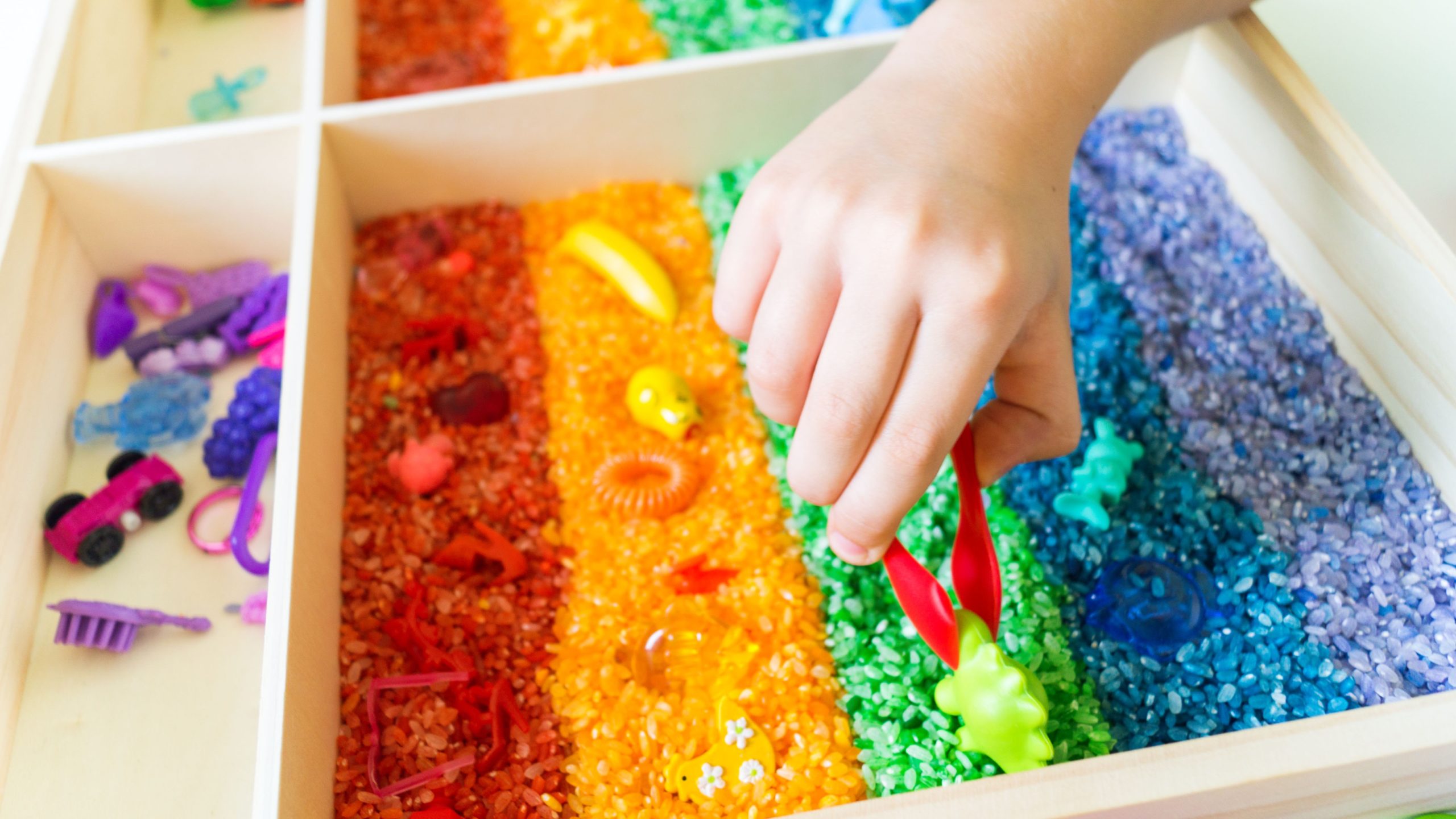
Collaborative Sensory Experiences
Invite siblings or friends to join in on sensory play.
This collaboration fosters social interaction and sharing. Children learn to negotiate roles and ideas, enhancing their social skills alongside developing fine motor skills.
Additionally, observing others’ play styles can inspire new methods and ideas, promoting a culture of creative exchange.
>>>Buy now: Activity Cube, Ages 1-5, Sensory Board Toy, Montessori playroom kids activities – Cerulean
FAQs
What are fine motor skills?
Fine motor skills refer to the small muscle movements in the hands, fingers, and wrists that enable precise tasks such as writing, drawing, and manipulating objects. They are essential for daily activities and play a significant role in a child’s independence.
Why are fine motor skills important for children?
Fine motor skills are vital for children’s overall development as they influence academic success, self-care abilities, and even social interactions. Strong fine motor skills enhance a child’s capacity to perform everyday tasks independently, boosting their confidence and self-esteem.
At what age should children start developing fine motor skills?
Children begin developing fine motor skills from infancy, continuing through preschool and elementary years. Engaging in activities suitable for their age and development stage supports gradual skill progression and lays a solid foundation for future tasks.
How can I encourage my child to engage in fine motor activities?
Encourage fine motor activities by incorporating playful and hands-on tasks into their daily routines. Offer various materials and tools, and provide guidance while allowing freedom for exploration. Celebrate their accomplishments to foster motivation and enjoyment.
Can excessive screen time affect a child’s fine motor skills?
Yes, excessive screen time can negatively impact a child’s fine motor skills by limiting their opportunities to engage in hands-on activities. Encouraging balanced screen time with interactive, tactile experiences is essential to ensure healthy skill development.
Conclusion
Enhancing your child’s fine motor skills is both an essential and enjoyable endeavor. The Top 5 Activities to Boost Your Child’s Fine Motor Skills outlined in this article offer diverse ways to engage creativity while developing strength and dexterity in their hands. By integrating crafting with clay, cutting and pasting, beading and stringing, painting and drawing, and sensory play into your child’s routine, you are not only aiding their motor skill development, but also providing a platform for exploration, imagination, and lifelong learning.
